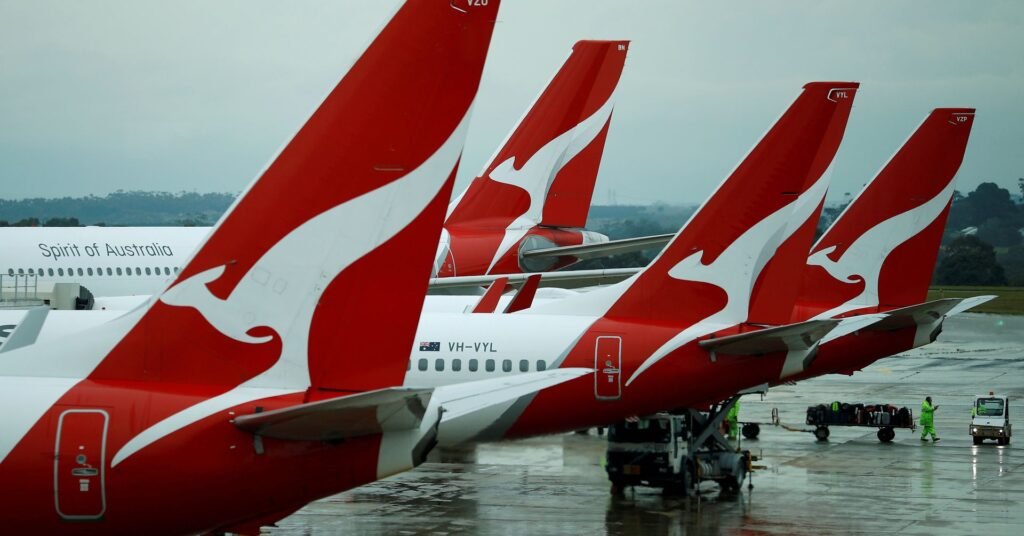QANTAS and Jetstar Airlines Adjust Third Quarter Flight Capacity Settings
Qantas and Jetstar are adjusting flying levels to better match travel demand in light of the sudden growth in COVID-19 cases. The Qantas Group now expects domestic capacity for the third quarter of FY22 to…

